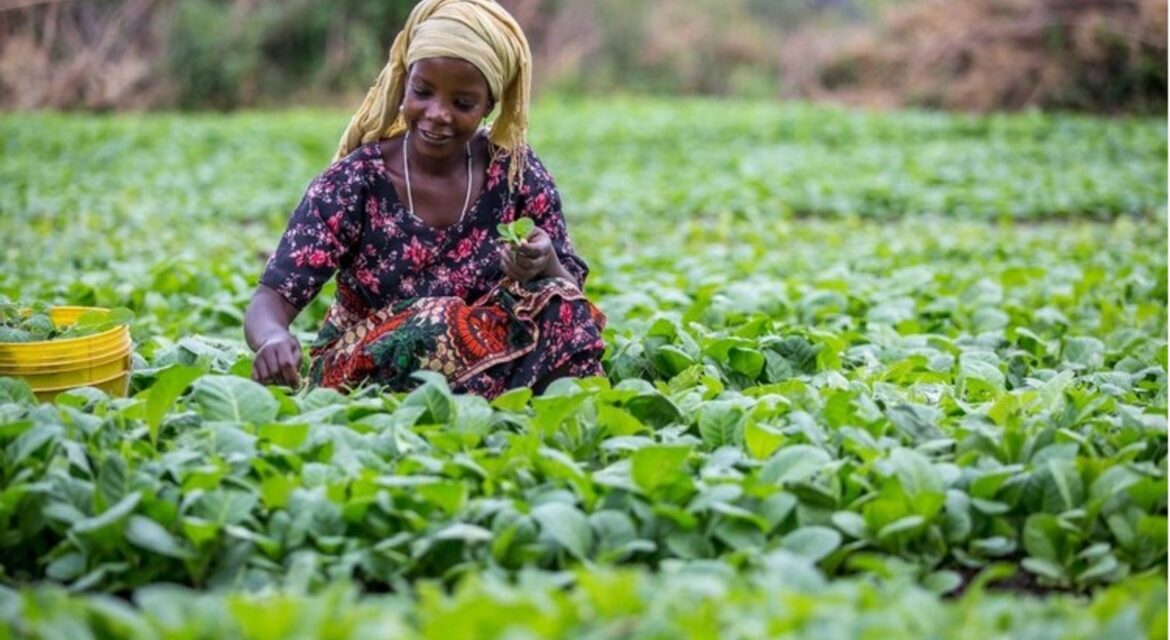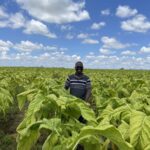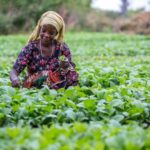Tanzania’s tobacco industry has reached a historic milestone, positioning the country as the second-largest producer of tobacco in Africa. This remarkable achievement was announced by Tanzania’s Minister of Agriculture, Hussein M Bashe, who highlighted the country’s impressive production surge from 50,000 tons to 122,858 tons in the 2023/24 season.
A Booming Industry with Strong Economic Impact
The rapid growth in tobacco production has not only strengthened Tanzania’s agricultural sector but has also significantly impacted the nation’s economy.
As of December 2023, Tanzania’s tobacco exports were valued at $316 million, with projections suggesting the figure could reach $400 million by the end of the season. This growth underscores the increasing global demand for Tanzanian tobacco and the country’s ability to meet export standards.
Looking ahead, the government has set ambitious targets for the industry.
Tanzania aims to produce 200,000 tons in the 2024/25 season and 300,000 tons in 2025/26. These targets reflect the country’s commitment to expanding its footprint in the global tobacco market while improving the livelihoods of local farmers.
Tanzania’s Position Among Africa’s Top Tobacco Producers
The latest statistics from the 2022/23 season highlight Tanzania’s rapid climb in Africa’s tobacco rankings:
- Zimbabwe: 296,000 tons
- Tanzania: 122,858 tons
- Malawi: 121,000 tons
- Mozambique: 65,800 tons
- Zambia: 44,000 tons
- Uganda: 13,000 tons
With this impressive leap, Tanzania has solidified its position as a leading player in the continent’s tobacco industry.
Government and Private Sector Collaboration
Minister Bashe attributed this success to strategic government policies, investments, and collaborations with private sector stakeholders. He emphasized that Tanzania’s growth in tobacco production is a result of coordinated efforts to support farmers, improve agricultural techniques, and enhance supply chain efficiency.
The increased production has led to job creation, improved earnings for farmers, and greater foreign exchange revenues. The government continues to implement initiatives that promote sustainable agricultural practices, ensuring that Tanzania’s tobacco sector remains viable for years to come.
Future Prospects and Industry Optimism
Industry stakeholders are optimistic about Tanzania’s role in shaping the African tobacco market. The country’s ability to meet and surpass production targets has boosted investor confidence, attracting new opportunities for expansion and technological advancement. The Ministry of Agriculture is actively working with research institutions to introduce innovative farming practices that increase yields while maintaining environmental sustainability.
Tanzania’s recent success in the tobacco industry also signals potential for further agricultural diversification. With a proven track record of scaling production, the government is exploring opportunities to support other high-value crops, reinforcing its commitment to a robust and diversified agricultural economy.
Export Your Tobacco with Vestergaard Limited
As Tanzania’s tobacco industry continues to grow, Vestergaard Limited stands as a trusted partner in sourcing, processing, and exporting premium-quality Tanzanian tobacco. With a commitment to ethical sourcing, sustainability, and global trade excellence, we provide seamless logistics and reliable supply chain management for international buyers.
Partner with us today to access high-quality Tanzanian tobacco and benefit from our expertise in global exportation.
Contact Vestergaard Limited now to explore trade opportunities and secure your supply of premium tobacco.
📍 Address: Vestergaard Limited, Temeke, Tanzania
📞 Phone: +255 762 669 061
📩 Email: hello@vestergaardtz.com






Kevin Martin
We believe that Tanzania strategies are improving the quality of produced tobacco, providing farmers with better prices, mobilising regions that abandoned crop production to resume production and strengthening the distribution of agricultural inputs to increase the crop’s productivity.